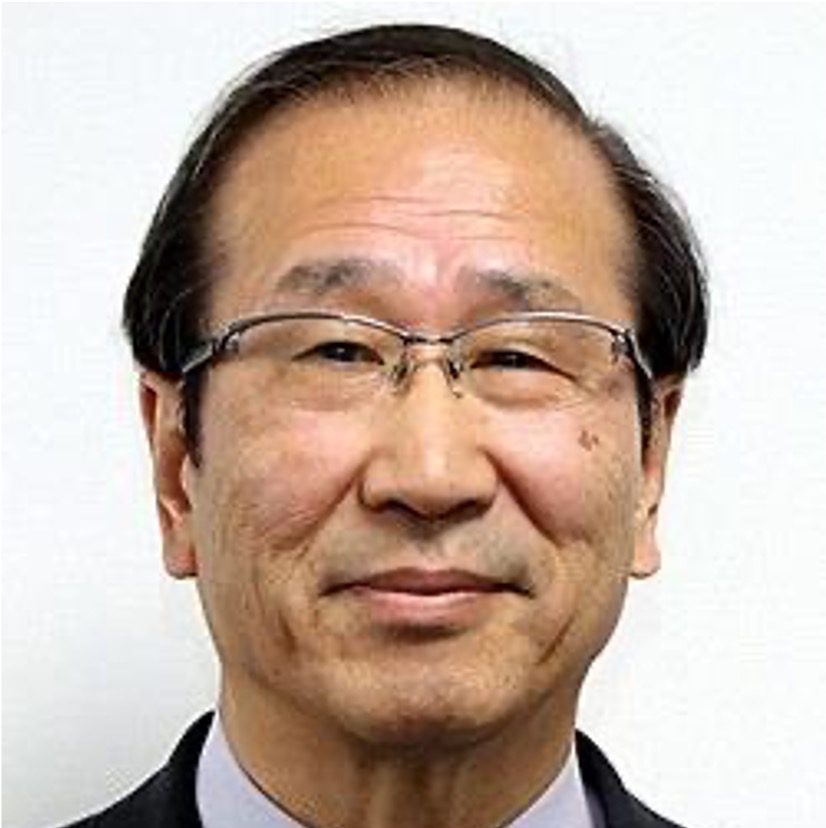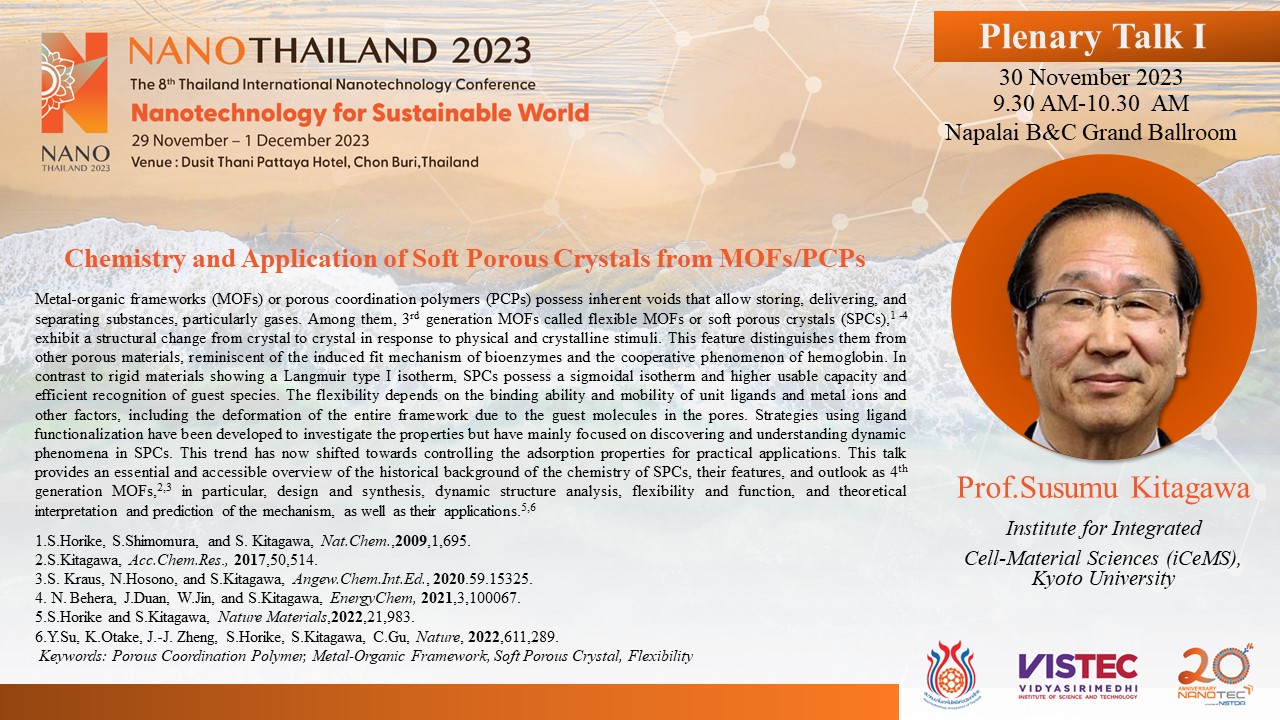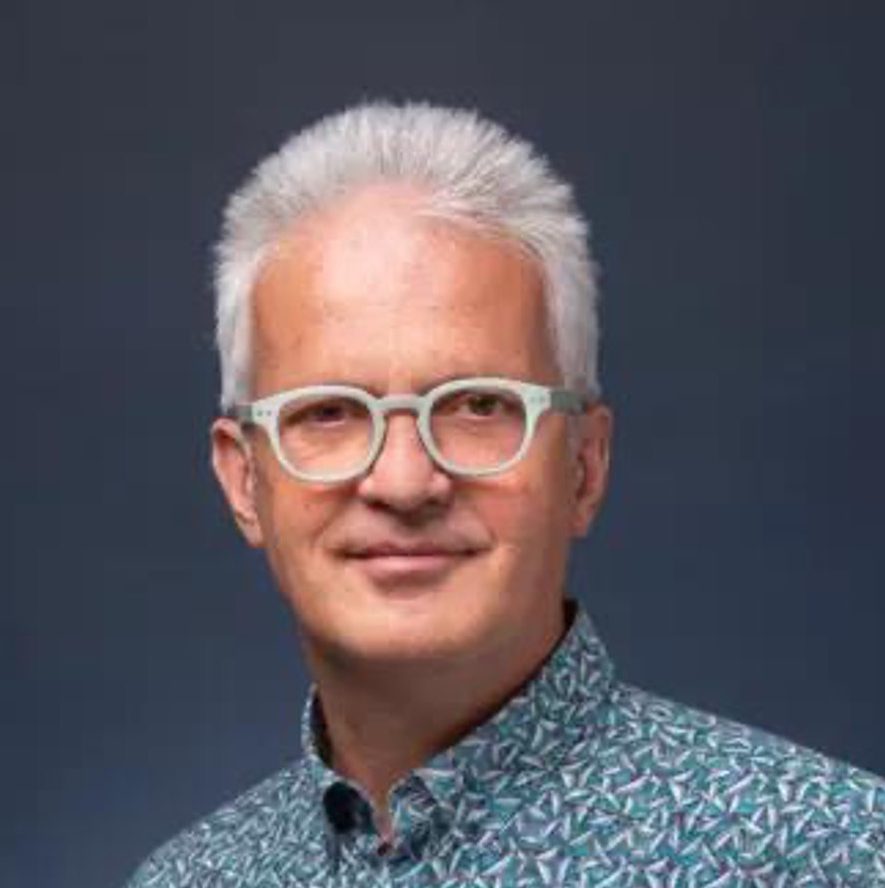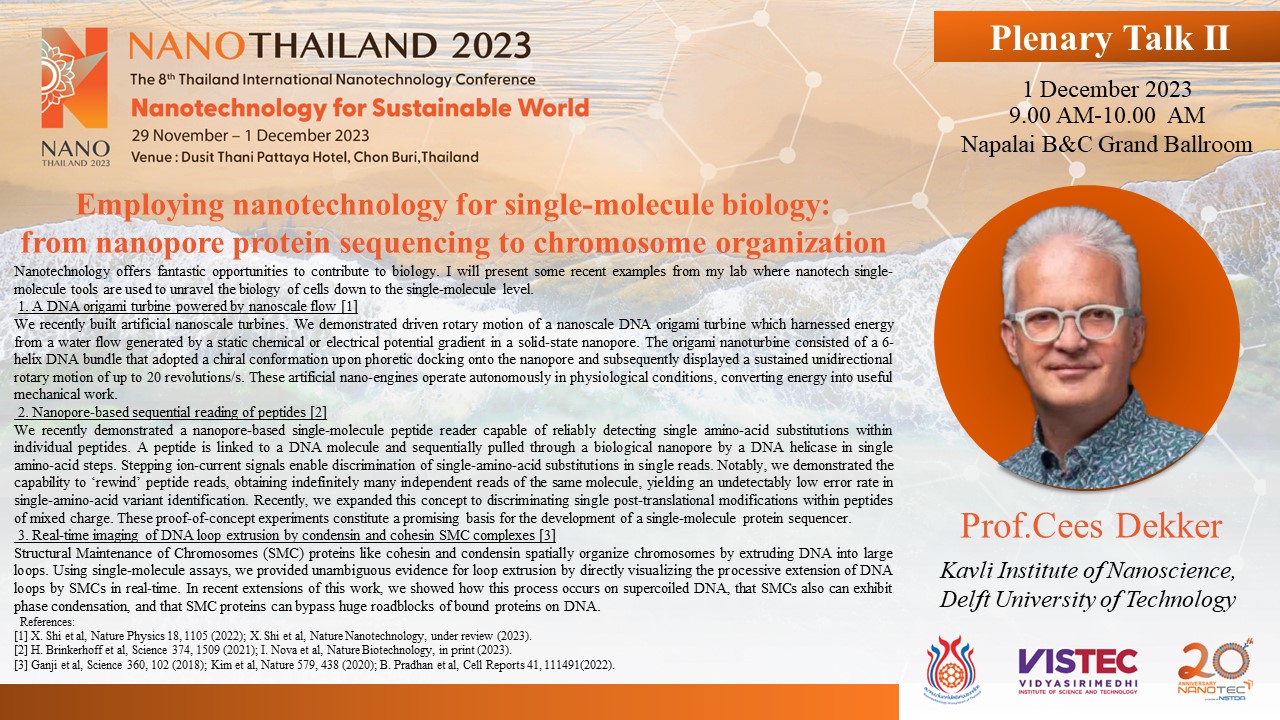Plenary Speakers

Prof. Susumu Kitagawa
Institute for Integrated Cell-Material Sciences (iCeMS),
Kyoto University, Japan
Chemistry and Application of Soft Porous Crystals from MOFs/PCPs
Metal-organic frameworks (MOFs) or porous coordination polymers (PCPs) possess inherent voids that allow storing, delivering, and separating substances, particularly gases. Among them, 3rd generation MOFs called flexible MOFs or soft porous crystals (SPCs) [1-4], exhibit a structural change from crystal to crystal in response to physical and crystalline stimuli. This feature distinguishes them from other porous materials, reminiscent of the induced fit mechanism of bioenzymes and the cooperative phenomenon of hemoglobin. In contrast to rigid materials showing a Langmuir type I isotherm, SPCs possess a sigmoidal isotherm and higher usable capacity and efficient recognition of guest species. The flexibility depends on the binding ability and mobility of unit ligands and metal ions and other factors, including the deformation of the entire framework due to the guest molecules in the pores. Strategies using ligand functionalization have been developed to investigate the properties but have mainly focused on discovering and understanding dynamic phenomena in SPCs. This trend has now shifted towards controlling the adsorption properties for practical applications. This talk provides an essential and accessible overview of the historical background of the chemistry of SPCs, their features, and outlook as 4th generation MOFs [2,3], in particular, design and synthesis, dynamic structure analysis, flexibility and function, and theoretical interpretation and prediction of the mechanism, as well as their applications [5,6].
references
[1] S.Horike, S.Shimomura, and S. Kitagawa, Nat.Chem.,2009,1,695.
[2] S.Kitagawa, Acc.Chem.Res., 2017,50,514.
[3] S. Kraus, N.Hosono, and S.Kitagawa, Angew.Chem.Int.Ed., 2020.59.15325.
[4] N. Behera, J.Duan, W.Jin, and S.Kitagawa, EnergyChem, 2021,3,100067.
[5] S.Horike and S.Kitagawa, Nature Materials,2022,21,983.
[6] Y.Su, K.Otake, J.-J. Zheng, S.Horike, S.Kitagawa, C.Gu, Nature, 2022,611,289.
Keywords
Porous Coordination Polymer, Metal-Organic Framework, Soft Porous Crystal, Flexibility

Plenary Speakers

Prof. Cees Dekker
Kavli Institute of Nanoscience,
Delft University of Technology, Netherlands
Employing nanotechnology for single-molecule biology: from nanopore protein sequencing to chromosome organization
Nanotechnology offers fantastic opportunities to contribute to biology. I will present some recent examples from my lab where nanotech single-molecule tools are used to unravel the biology of cells down to the single-molecule level.
1. A DNA origami turbine powered by nanoscale flow [1]
We recently built artificial nanoscale turbines. We demonstrated driven rotary motion of a nanoscale DNA origami turbine which harnessed energy from a water flow generated by a static chemical or electrical potential gradient in a solid-state nanopore. The origami nanoturbine consisted of a 6-helix DNA bundle that adopted a chiral conformation upon phoretic docking onto the nanopore and subsequently displayed a sustained unidirectional rotary motion of up to 20 revolutions/s. These artificial nano-engines operate autonomously in physiological conditions, converting energy into useful mechanical work.
2. Nanopore-based sequential reading of peptides [2]
We recently demonstrated a nanopore-based single-molecule peptide reader capable of reliably detecting single amino-acid substitutions within individual peptides. A peptide is linked to a DNA molecule and sequentially pulled through a biological nanopore by a DNA helicase in single amino-acid steps. Stepping ion-current signals enable discrimination of single-amino-acid substitutions in single reads. Notably, we demonstrated the capability to ‘rewind’ peptide reads, obtaining indefinitely many independent reads of the same molecule, yielding an undetectably low error rate in single-amino-acid variant identification. Recently, we expanded this concept to discriminating single post-translational modifications within peptides of mixed charge. These proof-of-concept experiments constitute a promising basis for the development of a single-molecule protein sequencer.
3. Real-time imaging of DNA loop extrusion by condensin and cohesin SMC complexes [3]
Structural Maintenance of Chromosomes (SMC) proteins like cohesin and condensin spatially organize chromosomes by extruding DNA into large loops. Using single-molecule assays, we provided unambiguous evidence for loop extrusion by directly visualizing the processive extension of DNA loops by SMCs in real-time. In recent extensions of this work, we showed how this process occurs on supercoiled DNA, that SMCs also can exhibit phase condensation, and that SMC proteins can bypass huge roadblocks of bound proteins on DNA.
References
[1] X. Shi et al, Nature Physics 18, 1105 (2022); X. Shi et al, Nature Nanotechnology, under review (2023).
[2] H. Brinkerhoff et al, Science 374, 1509 (2021); I. Nova et al, Nature Biotechnology, in print (2023).
[3] Ganji et al, Science 360, 102 (2018); Kim et al, Nature 579, 438 (2020); B. Pradhan et al, Cell Reports 41, 111491(2022).
